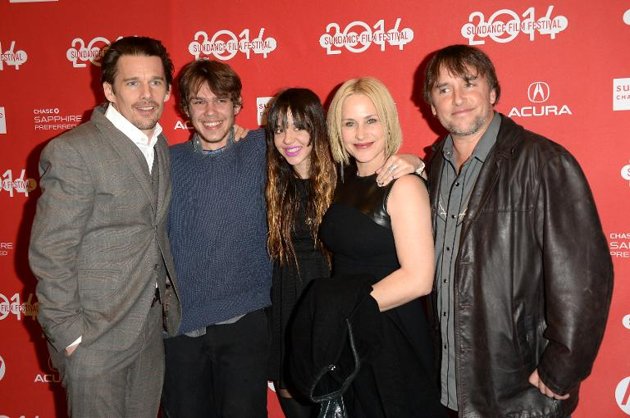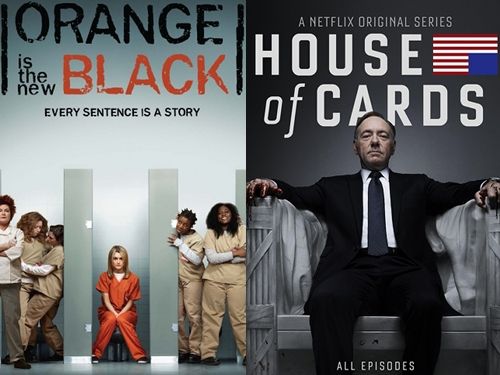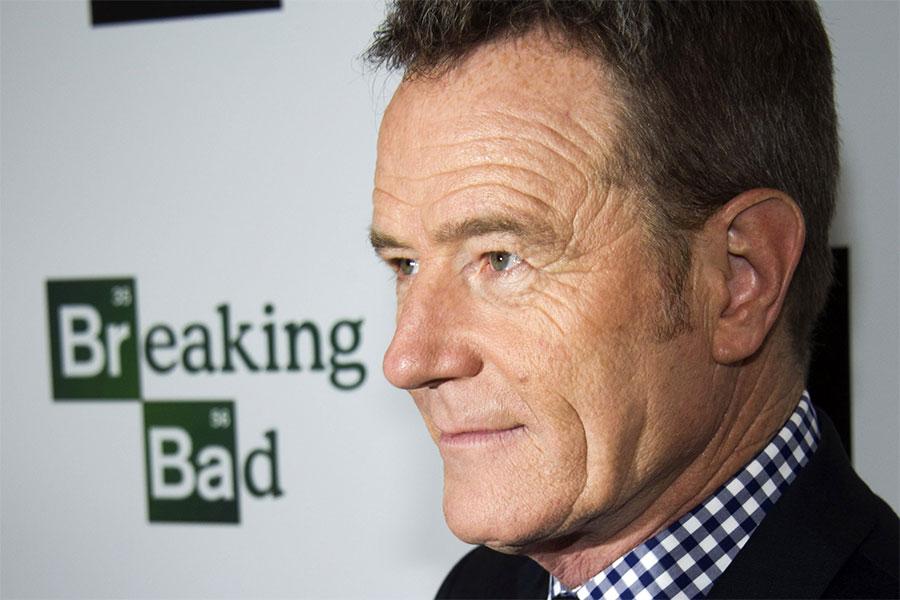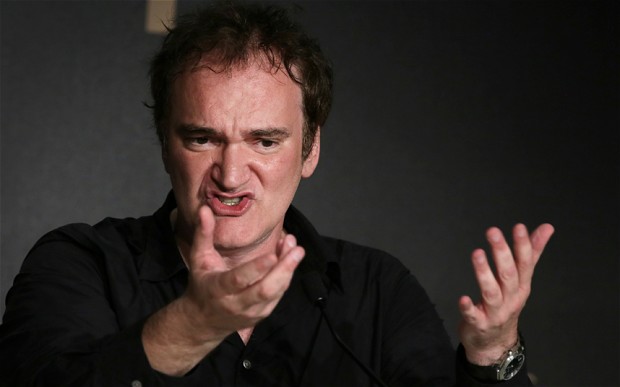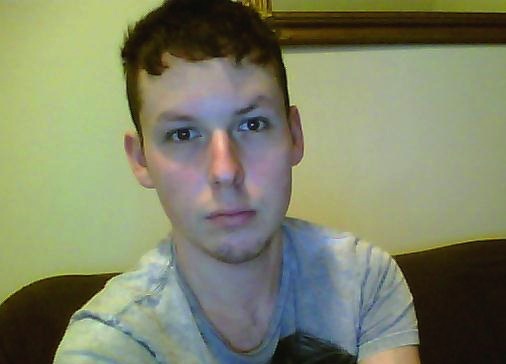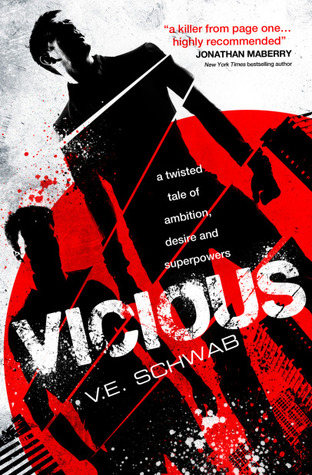A great character makes or breaks a film. It’s also what will get a major star to agree to sign on to a project.
Having written a great character is money in the bank, so here are three helpful tips to help make yours the best they can be!
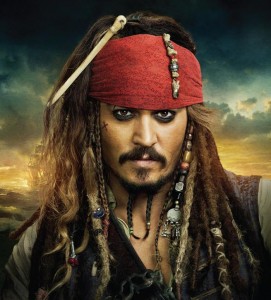
- Don’t make them too much like real people.
People tend to think super-realistic writing equals good writing, but there’s a difference between a film that “feels” real because it hits you emotionally and a film that feels real because it could be a home movie of two people having a boring talk.
One thing about real people and real life: they use a lot of filler. What percentage of your life actually has something HAPPENING? Are your friends riveted if you tell them you: Got in your car, turned it on, went down the street, made a left, went to the grocery store, and got eggs? No? Ok… then why should a screenplay give this much detail?
Additionally, “real” people tend not to talk in a super-exciting way. They make a lot of chit-chat and often dance around their real point. In a cinematic world, you want people who are clear about their wants and put it out there. This drives the drama.
To that end:

- Limit their traits – and make every line stem from a trait.
In real life, people have tons and tons of traits. You could sit down and list your traits – and easily fill a page. The more traits someone has, the more complicated they are.
While you do want your characters to be complicated, too many traits will dilute them to the point that they come across as vague. Yes, this might make them more ‘realistic’ – but it will also make them boring or confusing… or both.
Good characters should have no more than four core traits, and every action they take and word that comes out of their mouths should reflect on one or more of these traits. This delivers characters who are clear and memorable. Four core traits – and one clear thing that they want. That’s it.
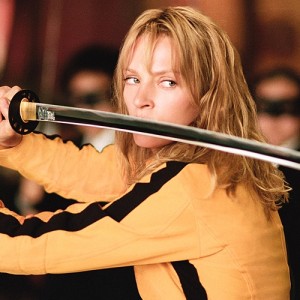
- Make your descriptions count.
When a character’s first introduced, the introduction should be short and to the point, so as not to slow down the reading. However, just because it’s short doesn’t mean it shouldn’t pack a punch. Make those descriptive words count!
Also – avoid describing anything physical that doesn’t give a trait. A huge complaint in the industry is that female characters tend to just be described as “beautiful,” or described in an overly specific way, like “LENA, 20s, short black hair and big green eyes.” This tells nothing about the character and limits the number of actresses who fit the description. Also, unless it’s important that the character be ugly for some reason, don’t worry – a beautiful woman will likely be cast anyway!
Instead, use physical traits that DO tell you something about the person. For example: “PENELOPE, 18, hair out of place and too much in her backpack, stumbles down the hall.” What do you know right away about Penelope? She’s awkward, a bookworm, doesn’t care too much about her looks… You get a lot more than you would from “PENELOPE, 18, brown hair and blue eyes. Beautiful.”
Those are the top three tips for writing great characters. Let us know if you have any others in the comments!
Blog by: Sara McDermott Jain

















